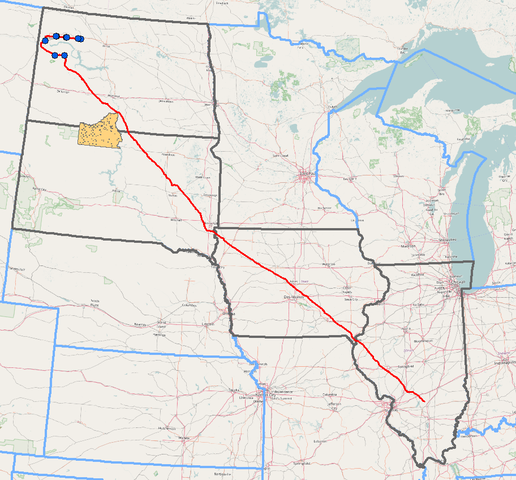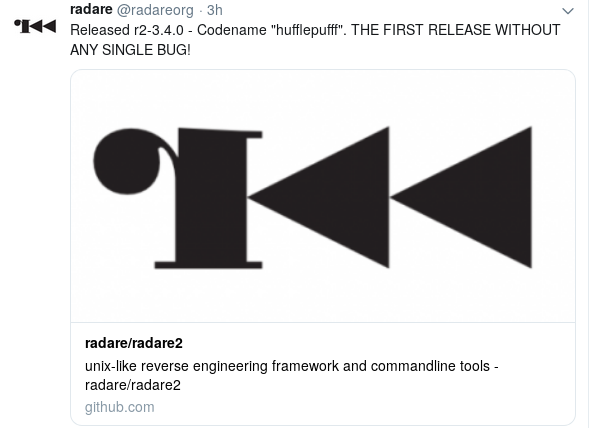The Ex-Met Police assistant commissioner Sir Mark Rowley has outed himself as an extremist (or an idiot, take your pick) in remarks to BBC Radio Programme 4, saying:
The top-ranked search referred to by Sir Mark takes users to the Wikipedia entry for Anjem Choudary, who was released from prison last year, halfway through a five-year jail term for encouraging support for the so-called Islamic State group.
He told Today: “I think I mentioned on your programme a few months ago, if you Google ‘British Muslim spokesman’ you get Anjem Choudary. That’s a disgrace.”
Sir Mark said: “These algorithms are designed to push us towards contentious material because that feeds their bottom line of advertising revenues, by pushing readers to extremist material.”
This is something Google denies, pointing out that it actually wants to get people off the platform and on to a third-party site as quickly as possible.
‘Extremist’ Google algorithms concern ex-police chief
Extremist may sound harsh but using the results of one “Google” search to condemn search algorithms untested and unseen, is clearly extreme. Public policy cannot be reasonably based on ad hoc reports by public figures and their reactions to search result content. Any student writing a paper on the recent history of Muslims in the UK would likely appreciate the pointer to Anjem Choudary.
Unless Sir Mark intends to expunge Choudary from BBC and other news reports held in libraries. And prohibiting discussion of Choudary online and in the news, opps, Sir Mark has already violated his own rule! Discussion of Choudary as “British Muslim spokesman.” Which now shows up as the first “hit” in a competiting search engine.

